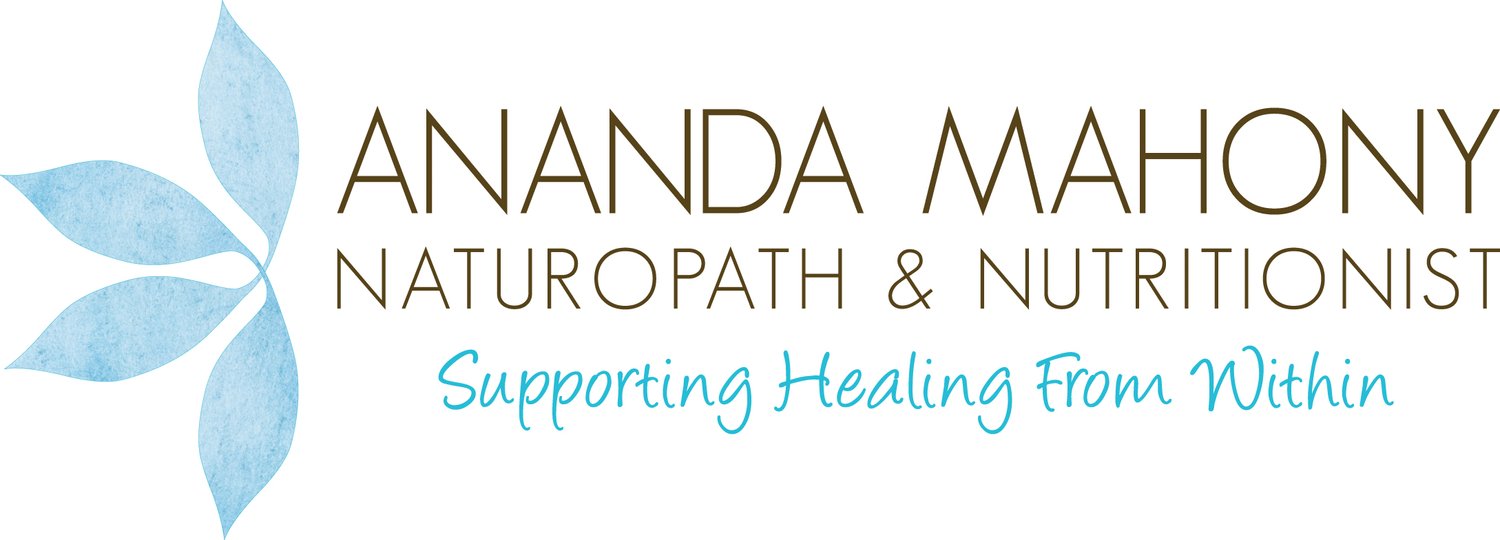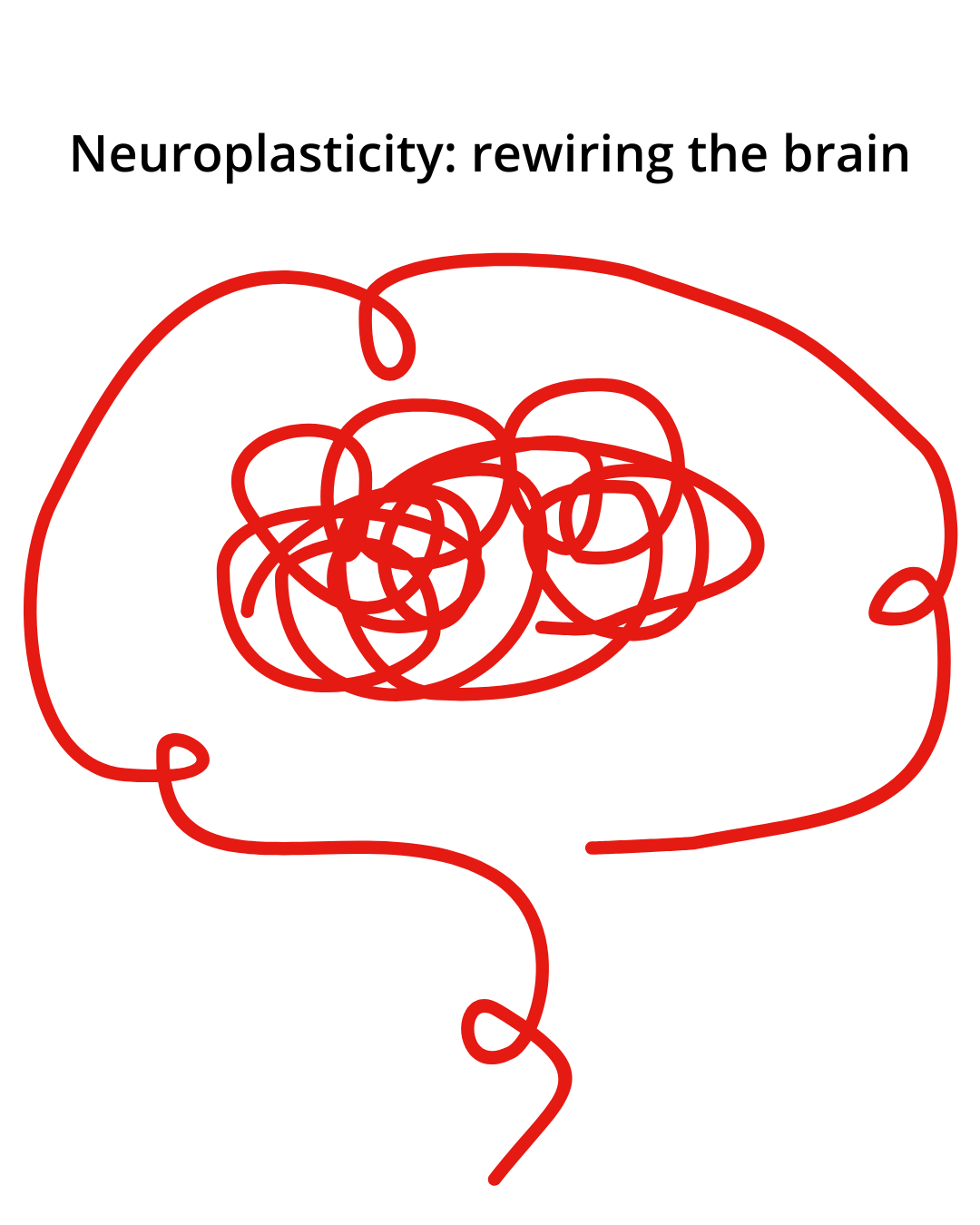Blog
Educate & Motivate
Learnings, teachings and tips & tricks to educate and inform on the topics of skin health and chronic pain.
Chronic Pain Needs Both Brain and Body Approaches
The most effective change happens when you work both directions at once: easing the body’s distress signals while teaching the brain new interpretive patterns. Safety felt in the body reinforces safety perceived by the brain. A calmer brain reshapes how the body responds. The two directions feed each other in a healthier loop, and that’s where people finally get traction.
Chronic Pain: Stuck in Survival Mode
Once our nervous system is dysregulated, a triggering event, a small injury, surgery, infection, hormonal shift, or emotionally stressful period, can set off a prolonged pain condition in someone whose physiology is already primed. The nervous system isn’t just reacting to tissue damage; it’s reacting to the internal state of threat.
Can Diet Help Manage Endometriosis Pain?
When navigating the daily challenges of endometriosis, the idea that something as simple as changing what you eat or adding a supplement could ease your pain can be incredibly appealing. A new international survey, the largest of its kind has, shed more light on how much of a difference these changes might make.
The Link Between Long COVID and Hypermobility
Over the past three years, I’ve noticed a significant increase in the number of long COVID patients seeking support in my clinic. As the pandemic has evolved, so too have the symptoms and challenges associated with long COVID (LC). What’s particularly striking is the range of presentations, from lingering fatigue and brain fog to unexplained physical discomforts. Interestingly, a connection has emerged with joint hypermobility, a condition where joints move beyond the typical range.
The Gut-Joint Connection
Traditionally, OA has been understood as a condition driven by mechanical factors such as joint wear and tear and genetic predisposition. However, recent research reveals that inflammation plays a causal role in the disease’s progression and symptoms.
The SIBO Doctor Podcast
In this episode I talk with Nirala Jacobi, The SIBO Doctor about some of the mechanisms that drive chronic pain with a special focus on how dietary factors, microbiome imbalances and the nervous system play a role in the development of pain.
Group Naturopathic Consults for Endometriosis 2023
As you may know, I have recently completed a clinical trial for Group Naturopathic Consults for people with Endometriosis. It was such a fantastic experience to take this beautiful group of humans on a journey through 12 weeks of education, sharing and support. The good news is that we are now running more naturopathic group consults for endometriosis.
More benefits of Vitamin D
In other memory related news (see previous post), a 2017 randomised trial in healthy adults showed that high levels of vitamin D improved visual and non-verbal memory, resulting in higher-level cognitive function. This trial was conducted in healthy adults so the mechanism isn’t necessarily about correcting disordered function related to a disease state. However, the impact of higher doses (4000iu daily) was greater in those with lower baseline levels of vitamin D (75 nmol/L). Interestingly most Australian pathology labs indicate that a vitamin D level between 50-100 nmol/L is sufficient. On this basis a proportion of adults that have ‘normal’ levels of vitamin D may benefit from increasing their level to the high-normal range.
Holistic Pain Management - Part 1
Holistic Pain Management - Part 1
In this podcast I discuss the origins and assessment of chronic pain with Andrew Whitfield-Cook. It was important for me to get across that chronic pain persists for reasons beyond peripheral input. While that may be part of the issue, or even the origin, the reason chronic pain persists is about a myriad of factors including central nervous system input, neuro-inflammation, attention, beliefs, emotions, lack of human connection to name a few. This podcast discusses some of these factors.
Read on for the transcript, Part 1.
Covered in this episode:
What is the societal burden of pain, Contributors to pain mismanagement, How should pain be assessed, What actually is pain, Theories of pain, Factors influencing pain perception, Why medical care misses the mark, Holistic approaches to care.
Holistic Pain Management Podcast 2
Part 2, Holistic Pain Management. This podcast is a follow up to Holistic Pain Management Part 1 and in it Andrew Whitfield-Cook and I discuss some of the treatment strategies that are employed as part of a holistic approach to chronic pain.
From FxMedicine: "Chronic Pain affects around 15-20% of the population, with huge monetary and psychosocial burdens on the patient and the community around them.
Covered in this episode:
A multi-modality approach to pain, The costs of pain management, Evidence for herbal medicine for pain, Evidence and mechanisms for curcumin, TLR4 and gut health links, Anxiolytics: modifying pain perceptions, The mechanisms of magnesium, Quelling immune involvements in pain, Neuroplasticity, Exercise and pain management, Role of "mini brains", Mitigating opioid dependence using herbs, Drug therapies: opportunities or issues, Resources for further education
You are what you eat in chronic pain
You are what you eat in chronic pain
Over the last decade we have seen a flood of evidence linking a poor diet with chronic health conditions. But what about chronic pain? Until recently the role of diet in relation to chronic pain in most areas has been marginalised particularly when it comes to treatment strategy. However, we are now seeing some directly links between diet and pain and the importance of diet is emerging. The research highlights below are from a recent neuroscience conference in the USA…
Relief with opioid discontinuation
Relief with opioid discontinuation
Managing persistent or chronic pain is complex. Frequently there is a lack of objective reason for persistent pain yet it is real, personal and subjective and people with persistent pain are of then desperately seeking effective pain relief. I recently attended an “Explain Pain” course in Cairns (which was lovely and warm), which looks at ways to reconceptualise pain from a modern neuroscience perspective. How does this help? Well knowledge is power. There is a growing body of research showing that we can target our natural analgesic systems with simple but effective education about pain. This is particularly pertinent given the numbers of people suffering with persistent pain and the failure of common pain medications to effectively manage pain.
A high fat diet worsens post-operative pain and inflammation
A high fat diet worsens post-operative pain and inflammation:
Obesity commonly correlates with increased pain. One of the mechanisms for this is relatively straightforward; having central adiposity (fat around the stomach region) or being obese is associated with low-grade chronic inflammation, and this, in turn, is associated with a greater incidence and severity of chronic pain conditions. In the recent study authors (Song. et al, 2018) wanted to study the effects of diet and obesity on postoperative pain. There were 2.7 million surgeries performed in 2016 according to the Australian Institute of Health and Welfare. Each surgery is associated with some degree of acute pain, and the severity and duration of acute pain experienced is a risk factor for the development of chronic pain. So any modifiable factor that increases pain intensity or duration post surgery is worthy of note, as it may help to reduce progression to chronic pain.
Turmeric, a super spice for pain
Turmeric, a super spice for pain
If you do a quick search about Turmeric on the Internet you may begin to wonder what it can’t do. The list of benefits reported is extensive and the diseases it is purported to treat are numerous. This super-spice is popping up in all sorts of interesting ways from Turmeric lattes to fermented drinks. It also has a growing body of research to back up some of the widely quoted benefits. However, it is important to note that there is a difference between food ingestion and a standardised supplement and in this article, I specifically look at standardised curcumin, one of the key active components of turmeric, and the role it has to play in pain management.
Dietary relief for arthritis & musculoskeletal pain
There’s a ton of ideas floating around social media about the best diet for chronic health issues. Some have research to back them up, many don’t. So, when I read this recent paper reviewing the studies that found positive effects of dietary changes on pain intensity in musculoskeletal pain (MSK) I was one happy practitioner!
Podcast - how pain influences the brain
Podcast - how pain influences the brain
In this podcast with Daniel Roytas I talk about pain management from a holistic perspective and consider the importance of a biopsychosocial approach to pain. We also talk about how the brain plays a major role in pain perception.
Bad, Mad, Sad
Bad, Mad, Sad
Are you feeling bad, mad, or sad?
𝗬𝗼𝘂𝗿 𝗳𝗲𝗲𝗹𝗶𝗻𝗴𝘀 𝗺𝗮𝘁𝘁𝗲𝗿, and just as important is knowing what you are feeling and being able to articulate them.
Not knowing is called alexithymia, which means an inability to describe our own emotions. It can also be associated with difficulty with identifying different types of emotions.
Critically not understanding or being able to describe our own emotions has far-reaching effects. With the appropriate language we can understand and share what we are experiencing. Labelling an emotional experience results in ‘greater emotional regulation and psychological wellbeing’. Without this capacity we may not even know how to make sense of an experience for ourselves. If we can’t understand and share our experience, then how can we ask for help, or get what we need?
Naturopathy & chronic pain
Naturopathy and chronic pain
A set of excellent guidelines by NPS MedicineWise includes complementary medicine approaches as part of overall health care planning for those in chronic pain. The specific recommendations also include aspects of life such as physical fitness, mood, sleep, relaxation and overall health. I find these inclusions so positive as they support a holistic approach to pain management and importantly, these aspects fall squarely within the scope of naturopathy, meaning specifically that working with a naturopath can have a health benefit in these areas. I have long held that naturopathy’s holistic approach fits well with the medical biopsychosocial model of chronic pain management and these guidelines further reinforce this approach.
A holistic approach to chronic pain
A holistic approach to chronic pain
An article in the Australian Pain Newsletter by pain specialist Dr Chris Hayes (2016) really stood out to me recently as it emphasises the necessity for a holistic approach to the management of chronic non-cancer pain. The biopsychosocial model is widely accepted as the predominant framework for understanding the experience of chronic pain and its negative consequences, and is supported by a large body of research. The model takes a broad and holistic view of the factors that contribute to chronic pain and the interaction of biological (genetic, biochemical, trauma), psychological (mood, behaviour) and social factors (familial, medical, work place etc) and was developed to counter the biomedical model, which suggests that disease is the result of only biological factors.
Start your journey to feeling better
Book a discovery call or your appointment through Vibe Clinic’s convenient online booking system.





















